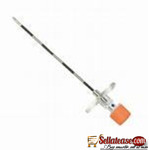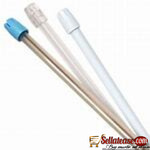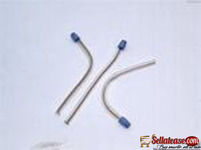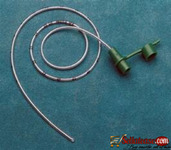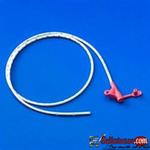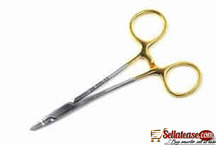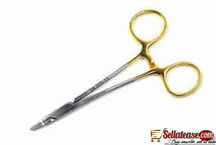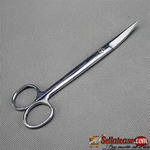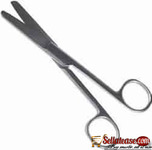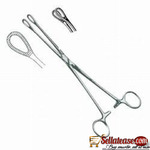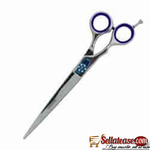Health - Beauty - Abuja
Spinal Needle After the spinal needle contacts the dura a puncture is made and a small amount of opioid is injected for the purpose of providing analgesia without significant sympathetic blockade and without significant motor paralysis of the lower extremities
The Saliva Ejector Dental is made of medical grade plastic, transparent, non-toxic, eco-friendly. Safe and hygienic at the same time.
A saliva ejector is used at the same time as other evacuation (high-volume) equipment.
Feeding tubes aid people who cannot maintain adequate nutrition and hydration or ingest medications independently
A feeding tube has uses beyond ensuring that someone with dysphagia(who cannot chew or swallow) is fed. The most common uses of a feeding tube include: 1. Providing nutrition: Food, in liquid form, can be given through a feeding tube
A needle holder, also called needle driver or needle forceps, is a surgical instrument similar to a hemostat, used by doctors and surgeons to hold and push a suturing needle when performing wound closure, ligation and other surgical procedures that require re-anastomosis.
A needle holder, also called needle driver or needle forceps, is a surgical instrument similar to a hemostat, used by doctors and surgeons to hold and push a suturing needle when performing wound closure, ligation and other surgical procedures that require re-anastomosis.
Surgical scissors are used to cut bulky and complex structures such as stiff tissues, while Metzenbaum surgical scissors are used to cut delicate heart tissues and similar structures
Surgeons use surgical scissors during an operation in order to cut tissues at the surface or inside the human body. The blades can be either curved or straight.
Scalpels or Scalpel Handles are intended to be use with surgical blades for tissue separation and other procedure that require a sharp surgical blade to puncture or cut.
Sponge forceps are commonly utilized in surgical procedures to firmly clasp gauze squares that will hold abundant fluids and blood from the operatable region or surgical hemostasis
Straight blades are usually used for performing dissection at the surface of the wound, ligatures, tendons, ligaments, or fascia.





